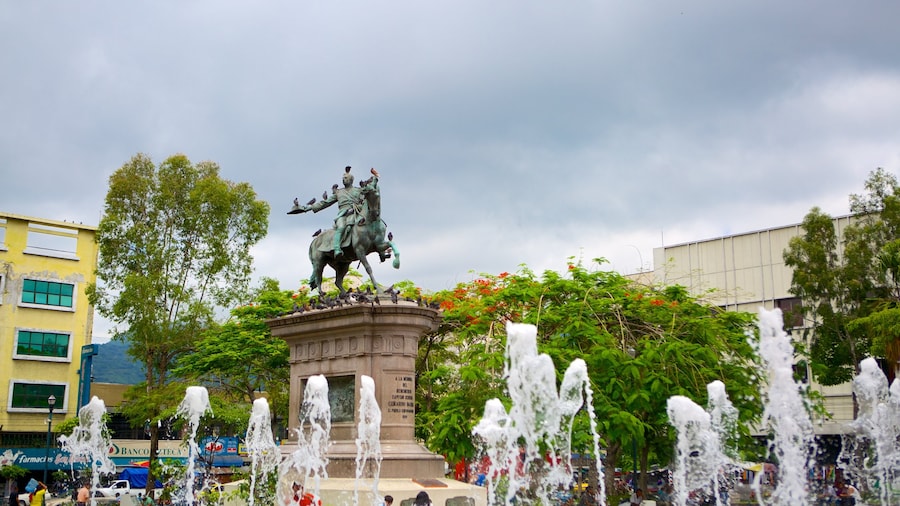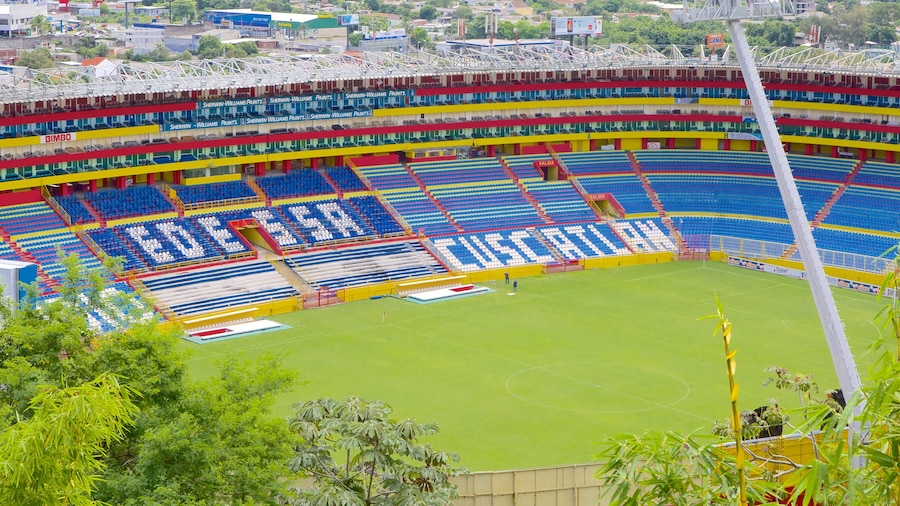Learn more about El Salvador’s history and biodiversity by scrutinizing fossils, rocks and minerals that are tens of millions of years old.
At San Salvador’s Natural History Museum, you can learn about the city’s geology and biology, from prehistoric times to the present day. Explore the large showrooms to find marine and mammal fossils, ancient minerals and dried insect specimens.
Give yourself plenty of time to explore the museum’s different rooms. Step into the first room to discover how El Salvador was formed more than 65 million years go. Study rocks and minerals from all over the country. The collection also includes samples from Brazil and Costa Rica.
Go to the Paleontology Room to see the remains of animals that used to roam across the country millions of years ago. Among the highlights are 9-million-year-old teeth belonging to mastodons, an extinct group of large mammals related to elephants. Look at sections of petrified tree and see imprints of ancient leaves, fish and frogs embedded into the rock.
In the third room, learn about San Salvador’s ecosystems, such as mangrove forests and tropical dry forests. See stuffed animals in settings that recreate their native habitats. The entomology collection is particularly popular with children. Watch their eyes light up as they inspect many different specimens of insect species, including butterflies and beetles.
Take advantage of the museum’s location in Saburo Hirao Park, an ecological reserve. Walk along paths surrounded by native cocoa and avocado plants. See foreign species such as mango, bamboo and flame trees. You can also find many different types of birds, including owls, woodpeckers and doves. Children will love the play areas with slides and mazes.
The Natural History Museum is located about 3 miles (5 kilometers) from downtown San Salvador. The museum is open from Wednesday to Sunday and admission is included in the entry fee to Saburo Hirao Park. It is easily accessible by bus or you can drive and park for free in the streets nearby.

















